- SEA LIFE, Mangroves and Rockpools
Discover the stars of the sea
There are some 2,000 species of Sea stars worldwide, from tropical habitats to the cold seafloor. The five-arm varieties of sea star are the most common, however there are species with 10, 20 and even 40 arms that exist. They have bony, calcified skin, which protects them from most predators, and many wear striking colors that camouflage them or scare off potential attackers. Purely marine animals, there are no freshwater sea stars, and only a few live in brackish water.
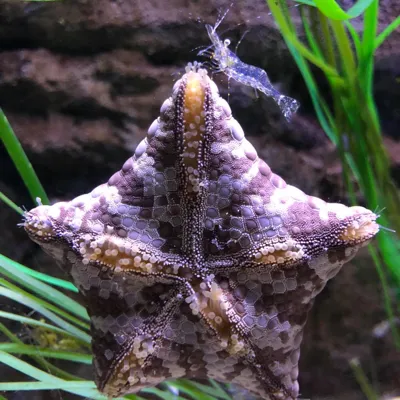
Who are we?
Despite their common name - starfish, these creatures are not actually fish at all. This is why the experts prefer to call them sea stars. Sea stars are part of a species called invertebrates that have no backbone. Other marine creatures that fit into this category are sea urchins and sea sponges.
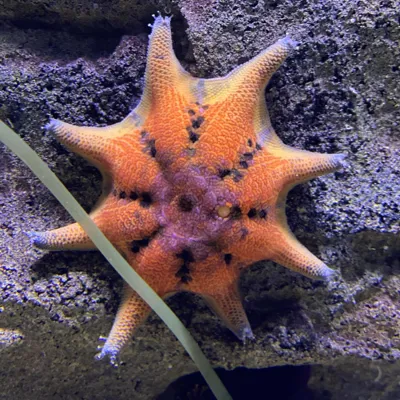
Sea star habitat and adaptations
You will find sea stars in most parts of the ocean, including rockpools, reefs, sea grass, and can be even found 9000m below the sand! Sea stars travel with their tubular feet. They don't have a brain or a heart!
Sea Star Fun Facts
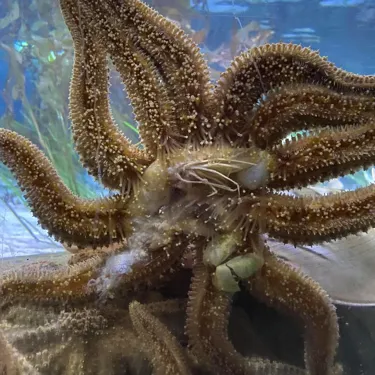
What's on the menu?
Did you know the sea star's mouth is underneath their body? Their stomach comes outside of their body when eating! They love to eat snails, oysters, clams and mollusks. Yum, yum!
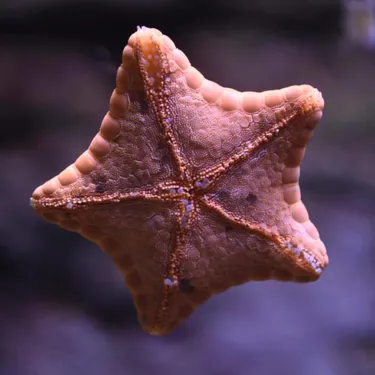
Who eats sea stars?
Sea stars have many predators including sharks, rays, fish and even some other sea stars #cannibal
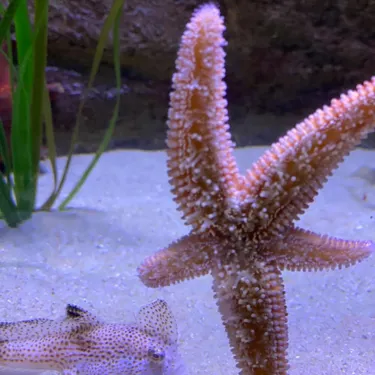
Sea stars can clone themselves
The sea star is able to regrow lost or damaged limbs and sea star larvae can clone itself. WOW!


